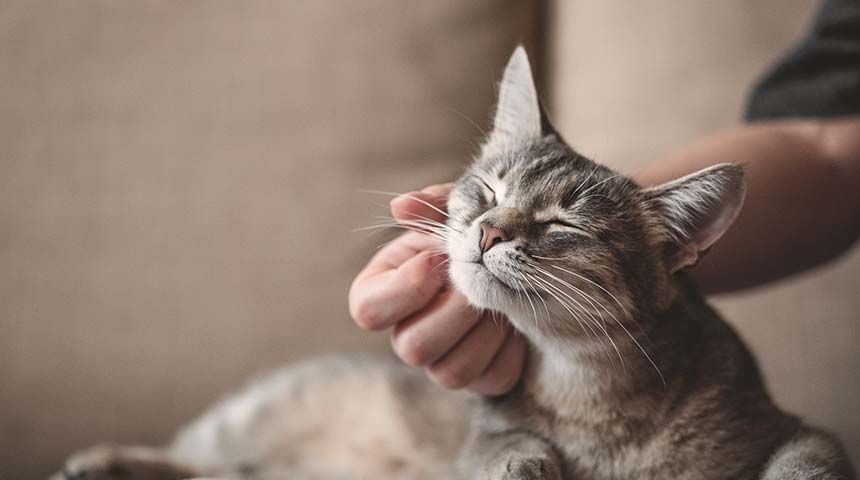
Get to Know the Flea
Do you know that there is a simple test that you can do at home to make sure that your cat is not infested with fleas? Ask a technician for a demonstration. Several products are available for control and/or treatment. Each product works in a different way; let us help you choose the right product for your needs. Attention: never use dog flea products (containing permethrin) on cats, they are very toxic!
The flea is a small brown insect measuring about 1-4 mm that is very annoying to your pet. Fleas are difficult to find because they move quickly. However, it is possible to detect them by the small black particles found in the pet's coat; these particles are flea excrement or more specifically dried blood, since fleas feed off your pet's blood. After crushing the excrement on a wet white piece of paper, a reddish line will appear and confirm that your cat has fleas. A flea has long powerful legs made for jumping, but it does not have wings.
Clinical Signs
Flea bites cause itching, a slight irritation and hair loss. A large infestation can cause anemia, especially with kittens; it can also transmit tapeworm eggs, dipylidium caninum. When a flea bites your pet, it injects a small quantity of saliva in the skin to prevent blood coagulation; some cats are hypersensitive to this saliva. An allergy to flea bites can cause important dermatitis and severe itching, and this with even a single flea!
The Flea's Life Cycle
The flea's development takes place in various stages: eggs, larvae, pupae, adults. The adult flea uses your pet to feed itself with its blood and to reproduce. Fleas lay 30 to 50 eggs per day and deposit them directly on your cat. The eggs fall on the ground and release larvae that hide in the darkness, in the carpet and floor cracks. The larvae ingest flea excrement, scales and organic matter. They spin a cocoon in a safe place and develop into pupae; at this stage, the pupa can remain dormant for months. It will only come out from its cocoon in adult form when in the presence of a dog or a cat; the flea will jump on your pet and the cycle will start all over again!

